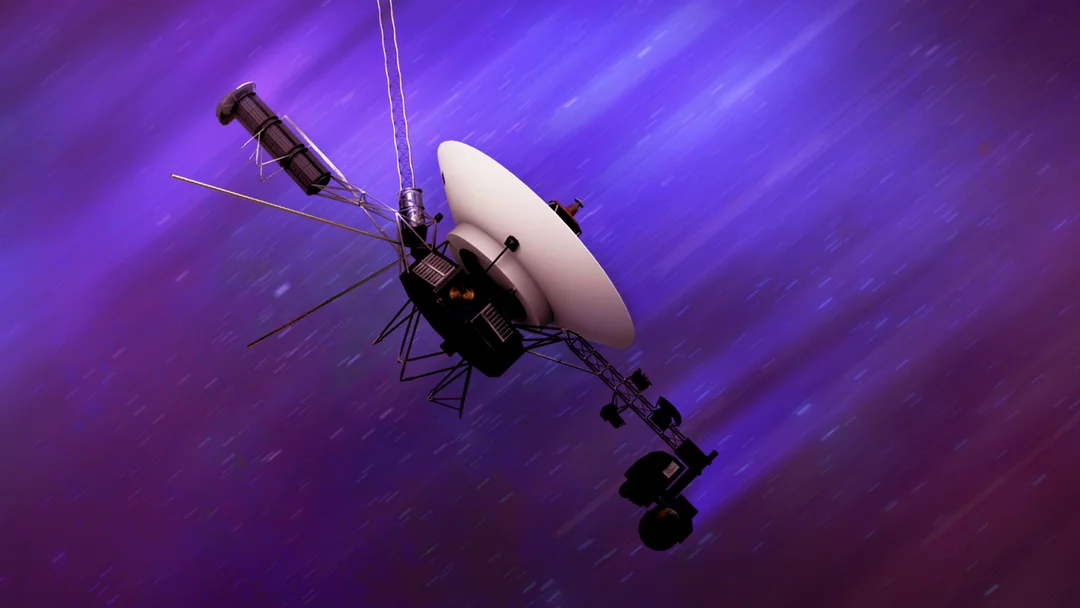
Voyager 1: NASA’s Deep Space Miracle – Reconnecting with Humanity’s Farthest Explorer
Against all odds, Voyager 1, humanity's most distant spacecraft, is back online. After months of transmitting only gibberish from over 24 billion kilometers away, NASA engineers have pulled off a stunning feat of remote engineering, reviving this iconic explorer. This incredible recovery not only ensures the continuation of valuable scientific data but also reignites the spirit of exploration that defines humanity.
Launched in 1977, Voyager 1 and its twin, Voyager 2, have become symbols of human ambition, venturing into the uncharted territories of interstellar space. But in late 2023, Voyager 1 fell silent, sending back only an incomprehensible stream of data. The source of the problem? A malfunctioning chip that had corrupted a critical 3% of the flight system's memory, effectively crippling the spacecraft's ability to transmit meaningful data. This seemingly small failure posed a significant threat to the mission's longevity, a mission that has already exceeded all expectations.

Faced with this daunting challenge, NASA engineers devised a ingenious solution: a remote "brain surgery" performed across billions of kilometers. They carefully rerouted the corrupted code, slicing it into segments and distributing it across various areas of the spacecraft's memory. This complex maneuver, executed flawlessly on April 20, 2024, restored the flow of readable engineering data, a crucial first step toward regaining full scientific functionality. Linda Spilker, project scientist for Voyager, celebrated the achievement as "a great day," underscoring the team's excitement to receive fresh data from the resilient spacecraft.
This wasn't the only challenge Voyager 1 has faced. Engineers previously revived a set of thrusters considered inoperable since 2004, a necessary precaution due to residue buildup in the fuel lines of the active thrusters. This required careful planning, as the Earth-bound antenna that communicates with the Voyagers goes offline during upgrades. Todd Barber, the mission's propulsion lead at JPL, described the thruster revival as "another miracle save for Voyager."
The success of both fixes demonstrates not only the robust design of the Voyager spacecraft but also the ingenuity and dedication of the teams who continue to support this historic mission. As Kareem Badaruddin, Voyager Mission Manager, noted, the ongoing operation of the Voyagers proves the original team likely didn't foresee the spacecraft would continue for another 20 years.

Beyond the technical achievements, the Voyager missions represent something more profound. They serve as a testament to human curiosity and our relentless pursuit of knowledge. According to Matt Shindell, Curator at the Smithsonian's National Air and Space Museum, the probes gave us the best data for the outer planets, and in the case of Uranus and Neptune, it's still the best data we have.
As we continue to push the boundaries of space exploration, let us remember the lessons learned from Voyager 1 and Voyager 2: the importance of innovation, the power of collaboration, and the enduring spirit of discovery. What other secrets of the cosmos will Voyager 1 uncover in the years to come? Share your thoughts and predictions in the comments below.